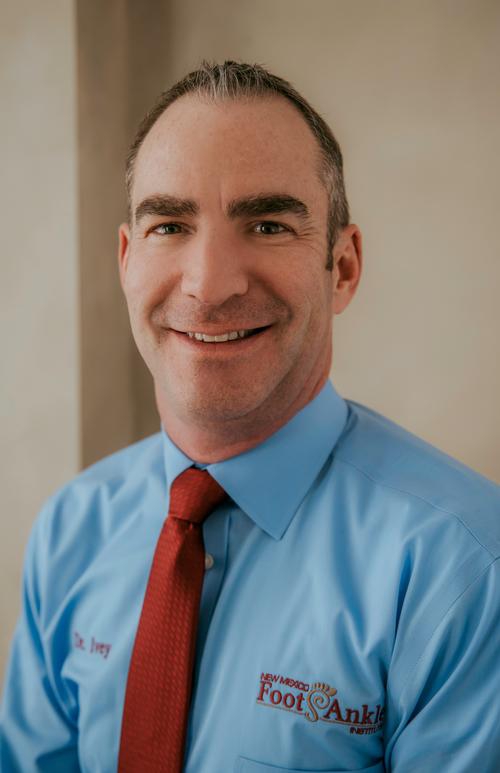Pediatric flatfoot occurs in children where there is a partial or total collapse of the arch of the foot.
Although the exact incidence of flatfoot in children is unknown, it is a common finding. All children have only a minimal arch at birth. This condition is not painful and generally resolves without treatment; very rarely is corrective casting necessary. Most children who present to a podiatrist for evaluation of flatfoot will have a flexible flatfoot that does not require treatment.
Common Signs and Symptoms of Pediatric Flat Foot
- Pain when walking or running for any length of time
- Outward position of the heel while standing
- Awkwardness when walking or running
- Pain in shoes
Our podiatrist will start with determining in the flat foot is a “flexible” or “rigid” flatfoot. A flexible flatfoot is one that collapses while the child is standing, but the arch is visible when not standing. A rigid flatfoot is present whether or not the child is standing and is often indicative of a more serious condition. Many infants have a “fat” foot and are mistaken to have flatfeet.

Your podiatrist will examine the child while standing and take x-rays to determine the severity of the condition.
Flat Foot Treatment
Most often, if the flatfoot is not causing pain, treatment is not required.
Treatment for pediatric flat foot typically depends on the severity of the condition and whether it's causing pain or affecting the child's activities. Here's a comprehensive overview of the treatment approaches:
- Observation and Monitoring: For asymptomatic flexible flat feet, which are common in young children, treatment often involves watchful waiting. Many children naturally develop an arch as they grow.
- Supportive Footwear: Well-fitted, supportive shoes with a firm heel counter can provide stability and comfort. Avoid flip-flops or shoes without proper support.
- Orthotics: Custom orthotics can help support the arch and distribute pressure more evenly across the foot. These shoe inserts can be particularly helpful for children experiencing pain or fatigue.
- Physical Therapy: Exercises to strengthen the feet, ankles, and lower leg muscles can improve overall foot function and potentially help develop the arch.
- Weight Management: If the child is overweight, weight loss strategies may be recommended to reduce stress on the feet.
- Activity Modification: Temporarily reducing high-impact activities may be advised if the child is experiencing pain.
- Stretching Exercises: Stretches for the Achilles tendon and calf muscles can help improve foot flexibility and function.
- Medication: For pain management, over-the-counter anti-inflammatory medications may be recommended under a doctor's guidance.
- Bracing or Casting: In some cases, temporary bracing or casting might be used to support the foot and ankle.
- Surgery: Surgical intervention is rare and typically reserved for severe cases that don't respond to conservative treatments, especially if the flat foot is rigid rather than flexible.
- Education: Teaching children and parents about proper foot care and the importance of maintaining foot health is an essential part of treatment.
- Regular Follow-ups: Periodic check-ups with a pediatric podiatrist are important to monitor the condition and adjust treatment as the child grows.
It's important to note that treatment should be individualized based on the child's specific condition, age, and lifestyle. Consultation with a pediatric foot specialist is crucial for developing an appropriate treatment plan.

